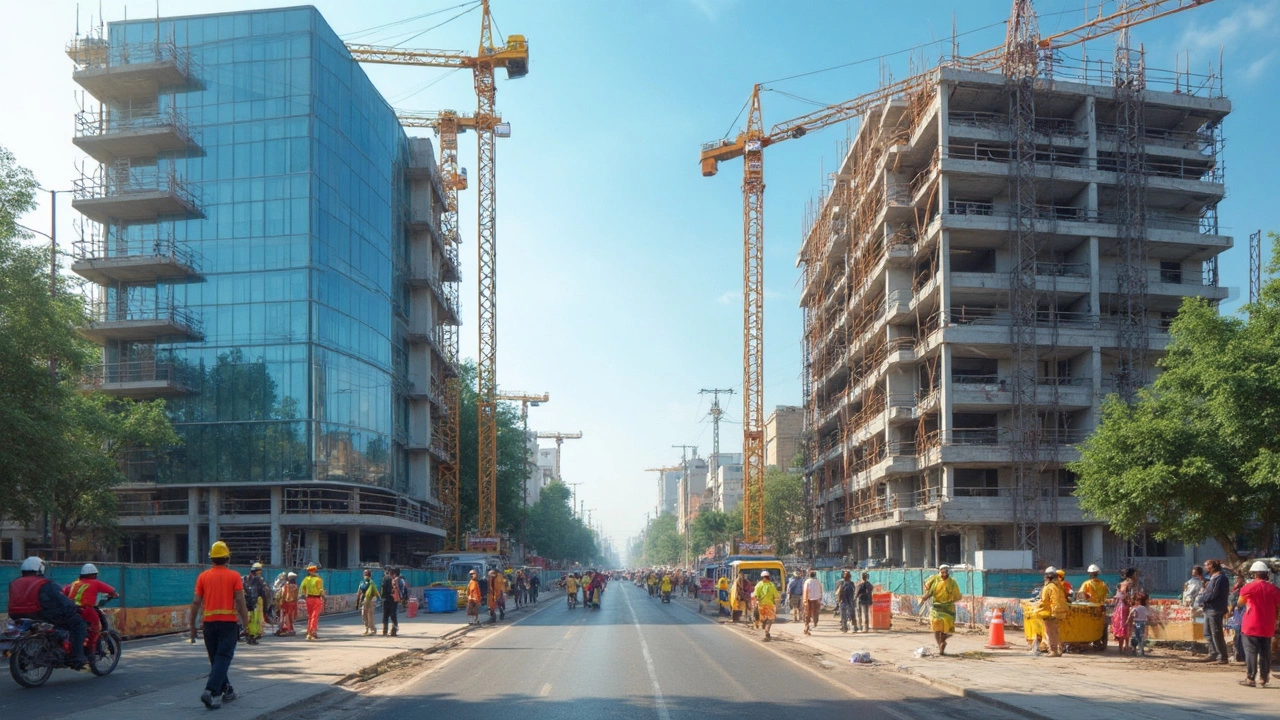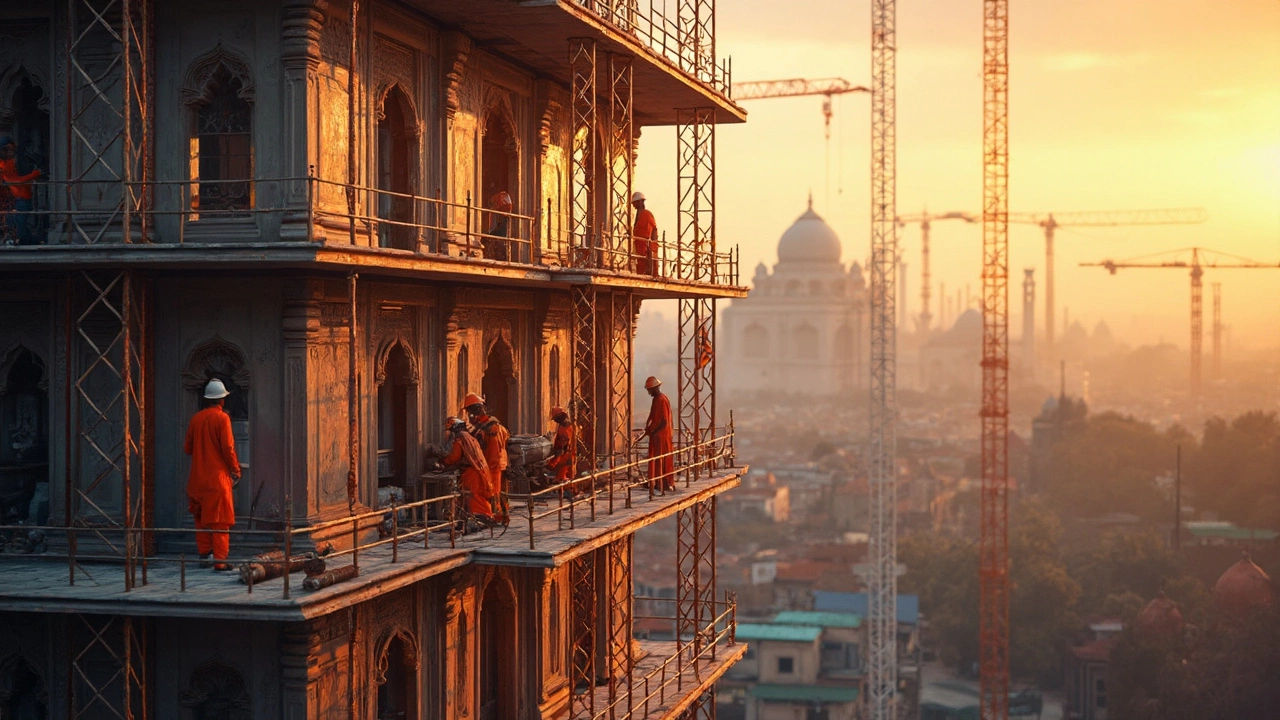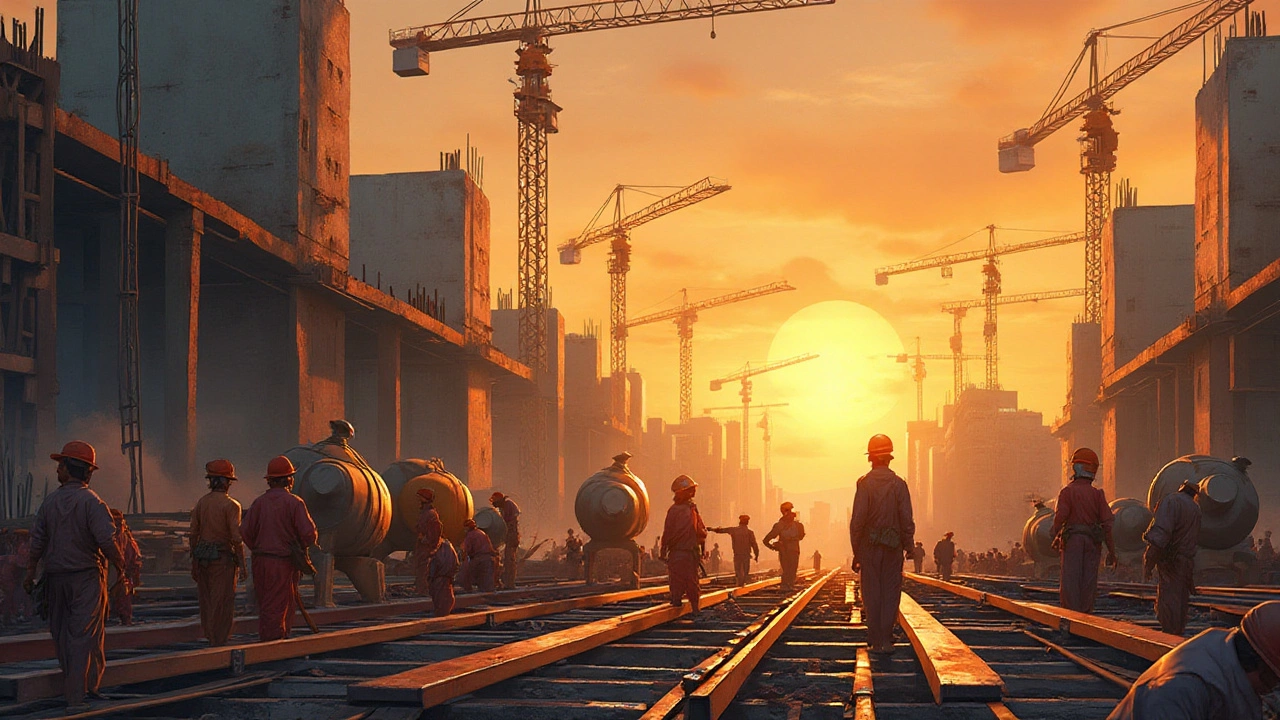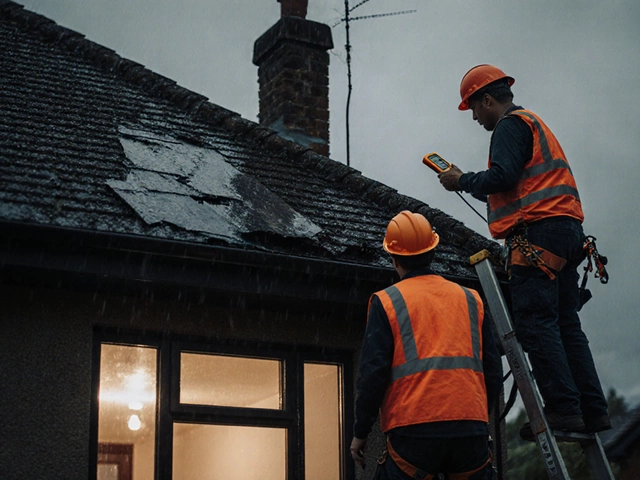Construction Industry: Key Jobs, Materials, and Building Types Explained
When you think of the construction industry, the sector that builds homes, offices, factories, and infrastructure using skilled labor, materials, and regulated processes. Also known as building and development sector, it’s not just about pouring concrete—it’s about making structures that last, meet safety rules, and fit real needs. This isn’t a one-size-fits-all field. Some projects are small home renovations; others are multi-million-dollar commercial towers. And the materials, rules, and workers involved change completely depending on what you’re building.
The commercial construction, the branch focused on buildings meant for business use like offices, retail spaces, and warehouses. Also known as non-residential construction, it follows stricter codes, longer timelines, and bigger budgets than residential work. Think of a warehouse with steel beams and fire-rated walls—that’s commercial. Meanwhile, a house with wood framing and a backyard patio? That’s residential. Mixing them? Possible—but only if you follow strict fire separations and zoning laws. The building codes, the official rules that dictate how structures are designed and built to ensure safety, accessibility, and durability. Also known as construction regulations, they’re what keep buildings from collapsing, catching fire, or failing in storms. These rules aren’t suggestions. They’re enforced by inspectors, and skipping them can cost you thousands—or worse.
And then there’s the foundation. If the ground beneath a building moves, cracks appear. Not all cracks are bad, but some mean serious trouble. foundation repair, the process of stabilizing or restoring a building’s base to prevent structural damage and maintain property value. Also known as structural underpinning, it’s one of the most expensive fixes a homeowner can face. Whether it’s helical piers, slab jacking, or underpinning, the right fix depends on soil type, crack pattern, and how long the problem’s been growing. Timing matters too—spring and fall are usually best for repairs, not winter or monsoon season.
Behind every strong wall, roof, or beam is a material chosen for strength, cost, or sustainability. Modern builds use everything from timber frames to low-carbon concrete. And let’s not forget the wires holding it all together—galvanized steel wires used in fencing, reinforcement, and cable systems. These aren’t just afterthoughts. In industrial settings, they’re critical for safety and structure. That’s where companies like KK Wire Solutions come in, supplying durable, corrosion-resistant wire products built for real-world stress.
What you’ll find below isn’t just a list of articles. It’s a practical toolkit. Whether you’re wondering which labor jobs pay the most in 2025, if you can fix your own foundation crack, or why mixing construction types in one building is risky—this collection cuts through the noise. No fluff. Just clear answers from people who’ve seen it happen.








